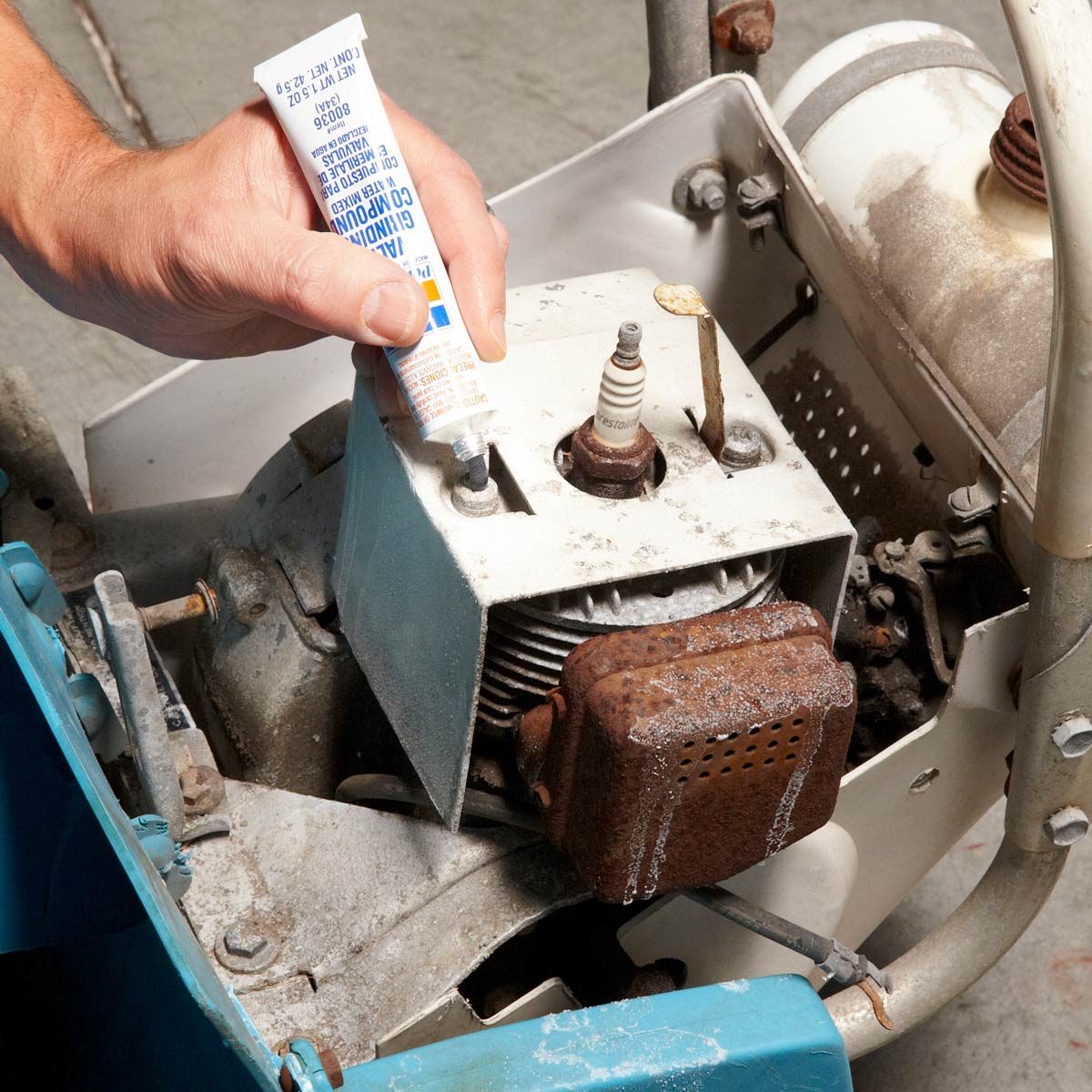We show you some ways to remove a stuck Phillips head screw.
Introduction
Get that stuck screw out using one of these techniques for removing screws in metal. Begin with the easiest and move on the more complex if necessary.
Tools Required
- Hammer
- Impact driver
- Phillips-head screwdriver
- Rotary tool
Materials Required
- Valve grinding compound
Project step-by-step (3)
It’s infuriating when a 10-minute job turns into an hour-long ordeal because of a stuck screw. And unfortunately, that’s all too common when working on vehicles, especially engines, exhaust systems and suspension.
Common causes of a stuck screw include corrosion, over-tightening from a previous repair and thread damage. It can be exasperated if a steel screw was inserted into aluminum without using anti-seize compound, or if you live in a salty environment, such as near the ocean or where they salt the roads in winter.
“Be patient and use the appropriate tools, but realize there are situations when you should stop,” says master mechanic Alan Gelfand. “Many people transform simple $50 repairs into expensive $500 disasters through their persistent attempts before consulting professionals.”
Here are a range of techniques for getting out that stuck screw. Begin with the easiest and move on the more complex if necessary.
Removing stuck Phillips screws: The easiest techniques
Fill the screw head

Squirt a dollop of valve grinding compound into the head of the screw. Then jam in the screwdriver and turn. No matter how simple the repair, it seems like there’s always one stuck screw. You try to muscle your way out of the jam, but all that does is cam out the screw head slots. It doesn’t have to be that way. Here are a few tricks to coax out a stubborn Phillips screw.
At the first sign of trouble, spray the screw with rust penetrant (Liquid Wrench and PB Blaster are two really good brands). Let the penetrant work for at least 15 minutes. Then spray it again and tap the screw head dead-on several times with a hammer. Then try the screwdriver again.
Next, apply valve grinding compound (photo 1). The compound (about $4 at any auto parts store) contains a fine grit that helps the screwdriver bite into the head.
Still stuck? Try stronger techniques
Hammer the impact driver

Hold the body of the impact driver to prevent it from turning. Then hit the end with a serious blow. If the screw still won’t budge and the surrounding surfaces can tolerate some heat, aim a lighter flame directly onto the screw head. Then douse it with cold water before trying it again. Still stuck? Invest in an impact screwdriver (photo 2). Pick one up for about $20 at a home center or an auto parts store.
Stripped the head? Cut a new one
Stripped out? Cut into the head

Slice a deep groove into the screw head with a cutting wheel and rotary tool. Make it wide enough to accommodate your largest flat-blade screwdriver. If you’ve stripped out the head, cut a new slot with a straight-groove rotary tool (photo 3). Then crank it out with a flat-blade screwdriver.
FAQ
How can I avoid screws becoming stuck in the future?
When threading steel screws into aluminum, make sure the threads are dry and clean, then apply anti-seize compound. “It really helps, especially for the next unlucky person who has to work on it,” says master mechanic Chris “Moose” Pyle. “If you are in a northern state, regularly washing off the salt and applying an undercoating to stop corrosion helps, too.”
It’s also important to use a torque wrench, to manufacturer recommendations. “A torque spec requires more than just being tight enough,” says Gelfand. “Keep in mind that through heat expansion, heavy vibrations and other external influences, the screws can unthread themselves if not properly torqued.”
How do I prevent stripping a screw head in the future?
- Select the correct size tool by ensuring the socket, wrench or pliers are tightly fixed onto the screw before applying pressure;
- Maintain continuous direct downward pressure during your screw-turning operation;
- Stop screwing immediately whenever you detect any sign of slipping.
Quality tools will help with this, plus are better investments, says Gelfand. “Cheap equipment that tends to break easily is more than likely a waste of your money,” he says. “Don’t just look at the price tag, but also at the quality and reliability you are paying for and the longevity it will provide.”
About the Experts
- Alan Gelfand has been the owner of German Car Depot for more than 30 years. His business is an independent automotive service center in Hollywood, Florida, specializing in the service and repair of German vehicles.
- Chris “Moose” Pyle is a master-certified technician with 20-plus years of automotive experience, and an auto expert on JustAnswer, the expert on-demand platform.




















